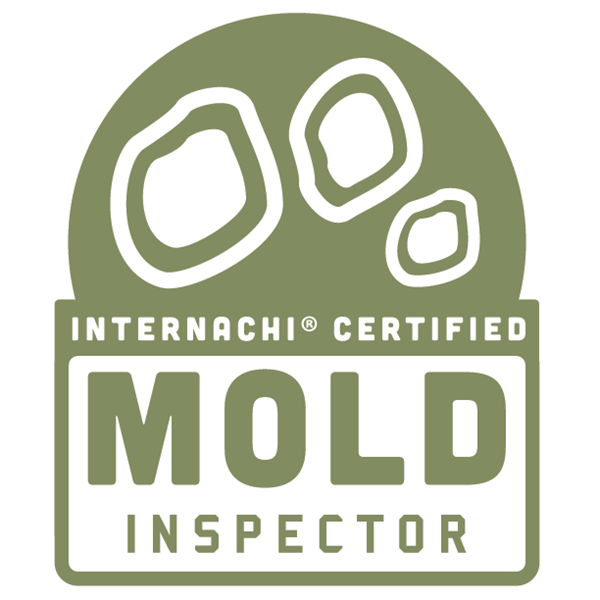Michigan updated the code book a few years ago, one of the biggest changes is that all new homes and remodels where square footage is added must pass a blower door test. If you haven’t built a home in a few years this rule may have caught you by surprise. If you are wondering what a blower door test is I suggest you click here. If you know the basics here are some tips and pointers on how to pass your blower door test:
1- Have an airsealing plan BEFORE you start construction. Here are a few common strategies:
Exterior rigid foam on all exterior walls taped an sealed at all seams and to bottom plate.
Using acoustical caulk or foam to seal all studs from the inside to the sheeting (commonly called picture framing)
Spraying all exterior cavities with hard foam (this is one of the more expensive methods but can be effective especially if you do not know what you are doing)
Sealing with Aerobarrier once drywall is up (cheaper than sprayfoam and can give you a very tight envelope!)
There are many other ways to create a tight envelope as wall as many combinations. For more options or more details feel free to check out Green Building Advisor
2- Make sure your sub-contractors are on board with the airsealing plan and are willing to seal all their penetrations. Make sure the sight supervisor or builder is keeping trades accountable!
3- Make sure all major penetrations are properly sealed.
Foam or gasket around windows and doors when installing.
Foam or caulk around all plumbing, electrical and HVAC penetrations to the exterior.
Make sure attic access is insulated and gasketed.
Make sure all chimney chases are sealed off to attic.
Seal around bath fan penetrations and make sure bathfans have operable dampers.
4- Make sure you use Sill-Seal or caulk when installing exterior walls.
5- Rim Joists are on of the main areas where leakage happens. I recommend using hard spray foam or cutting and caulking rigid foam board into these areas (fiberglass is not an air sealant!)
6- Details matter! Make sure all the little things are taken care of before the test!
Please have all windows closed and locked the day of the testing.
Make sure all trim around windows is caulked.
All plumbing fixtures should have water in the trap.
Make sure all fireplace dampers are closed.
If dryer is not installed please seal off dryer vent with tape.







